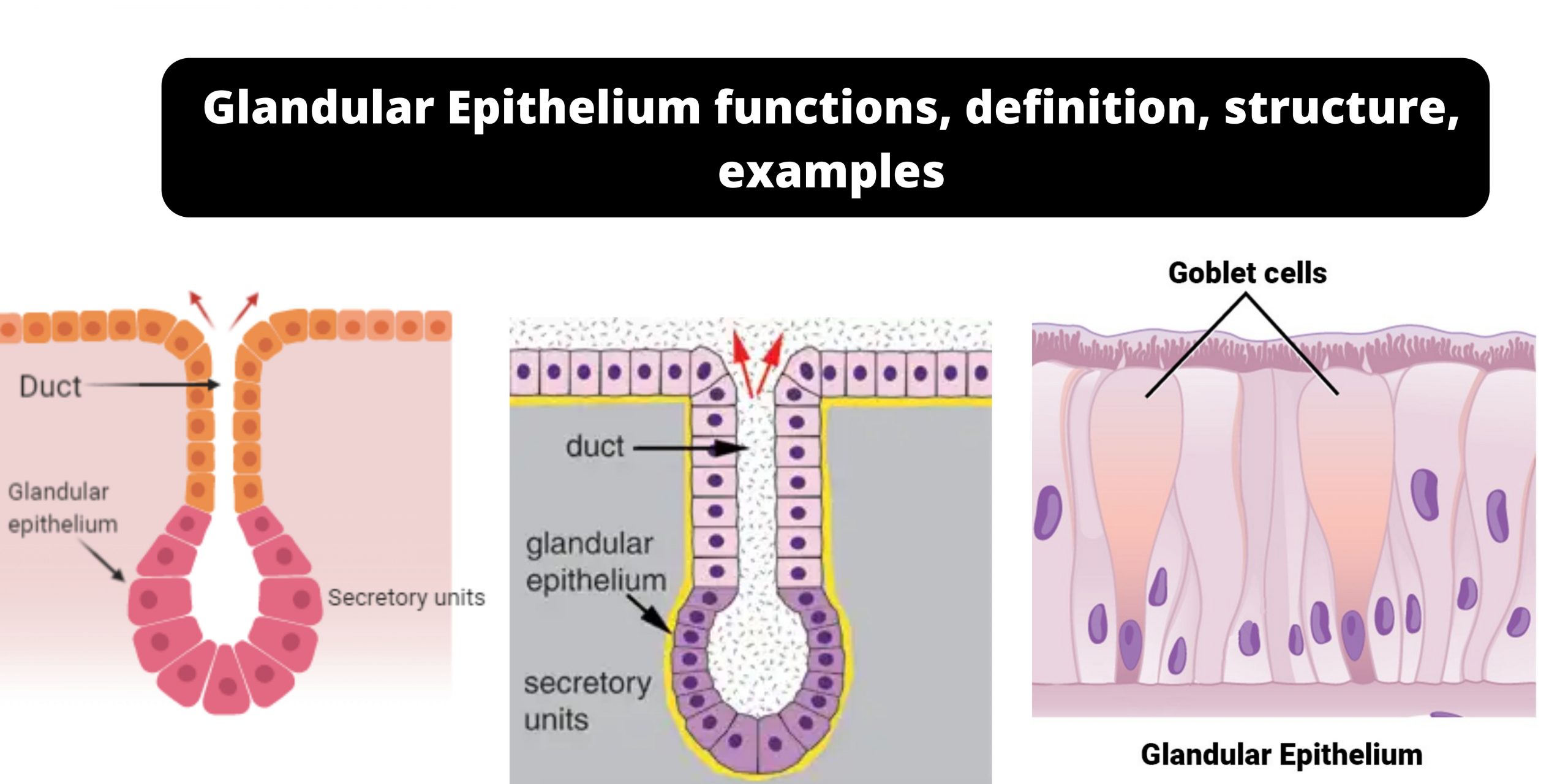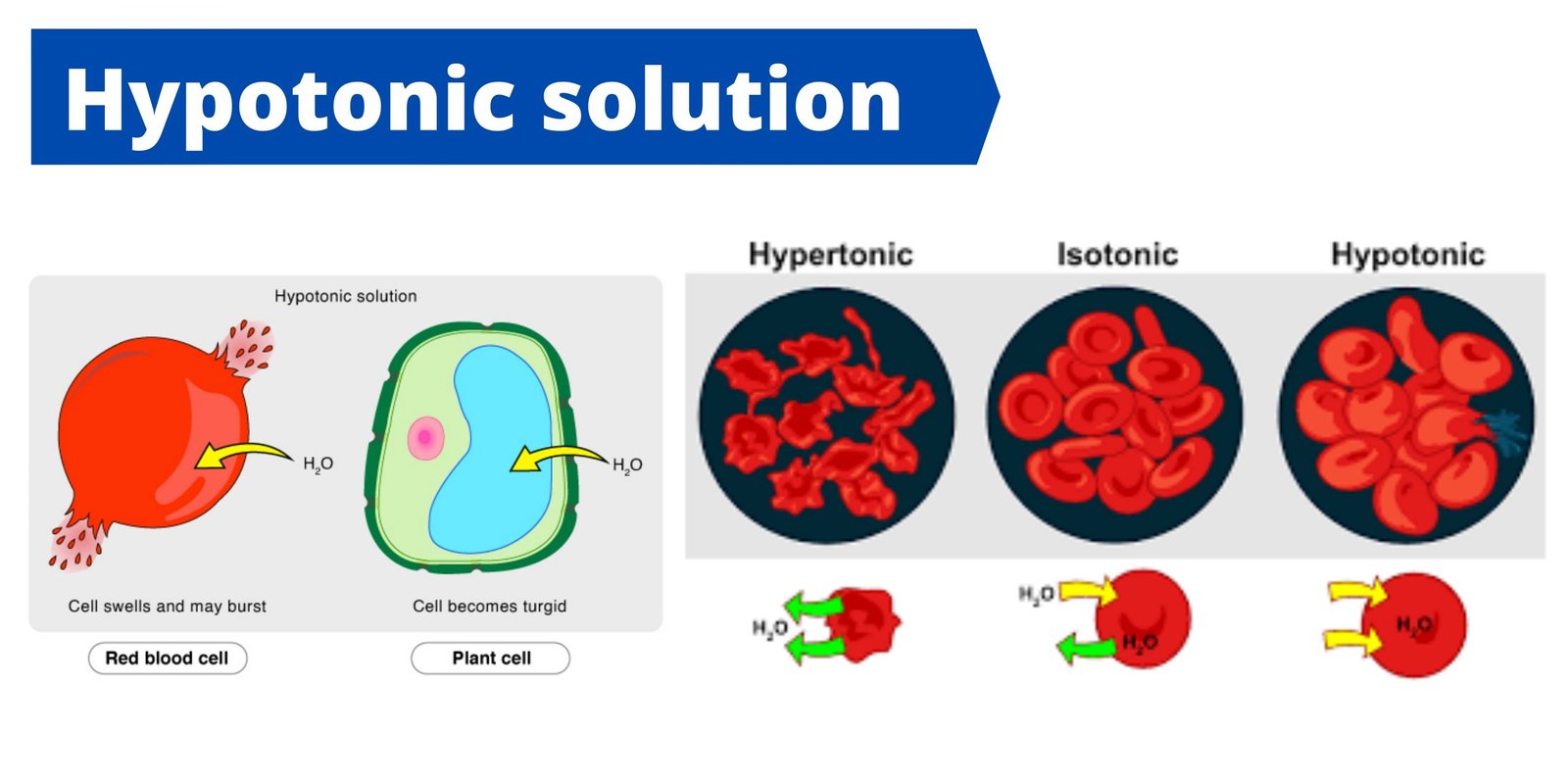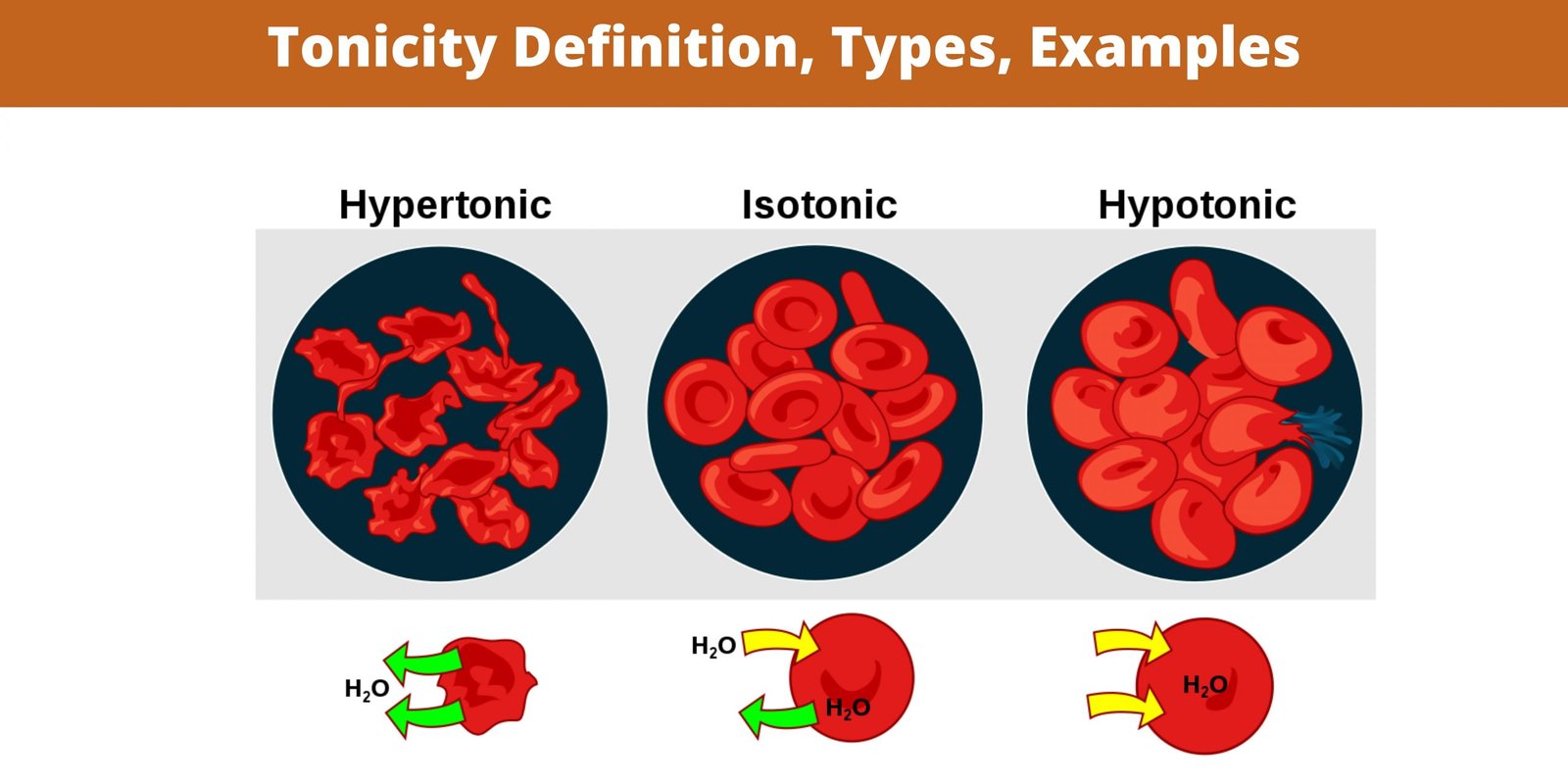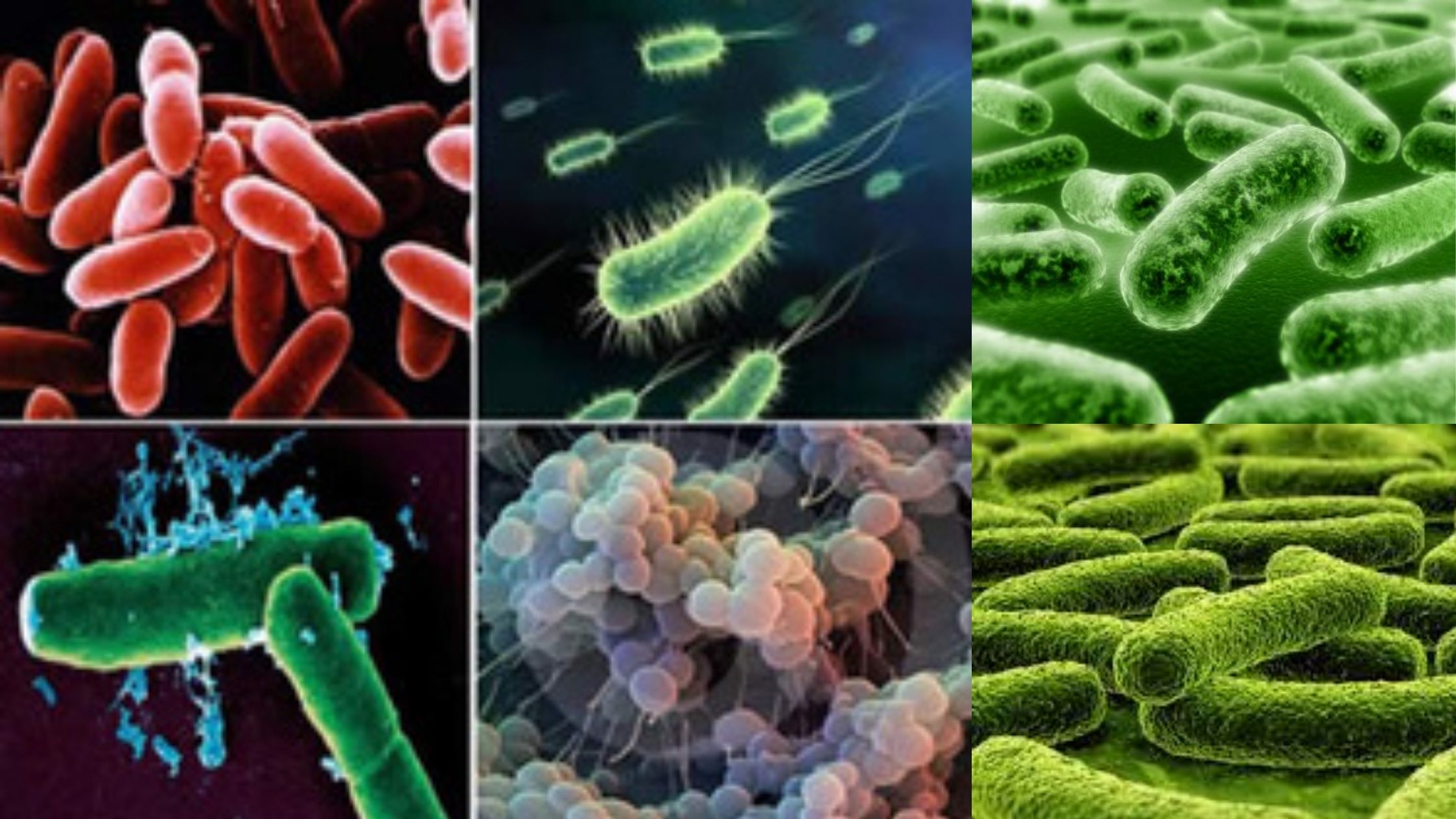Stratified Cuboidal Epithelium
What is Stratified cuboidal epithelium? Definition of Stratified cuboidal epithelium Stratified cuboidal epithelium is a type of epithelial tissue characterized by multiple layers of cells, with the surface layer consisting of cube-shaped cells. It is primarily found in glandular structures and plays roles in protection, selective absorption, and secretion. Stratified cuboidal epithelium labeled Stratified cuboidal … Read more









